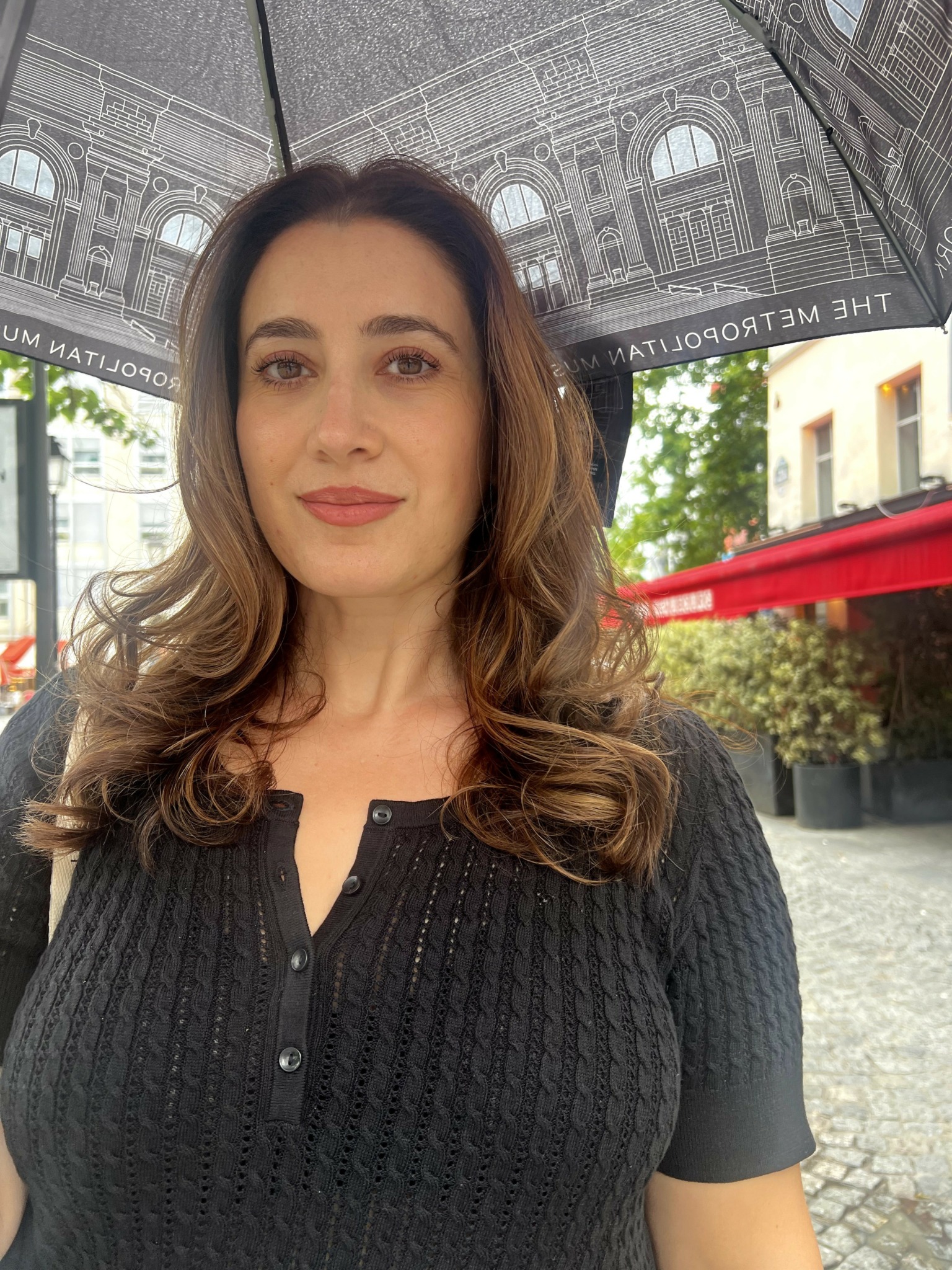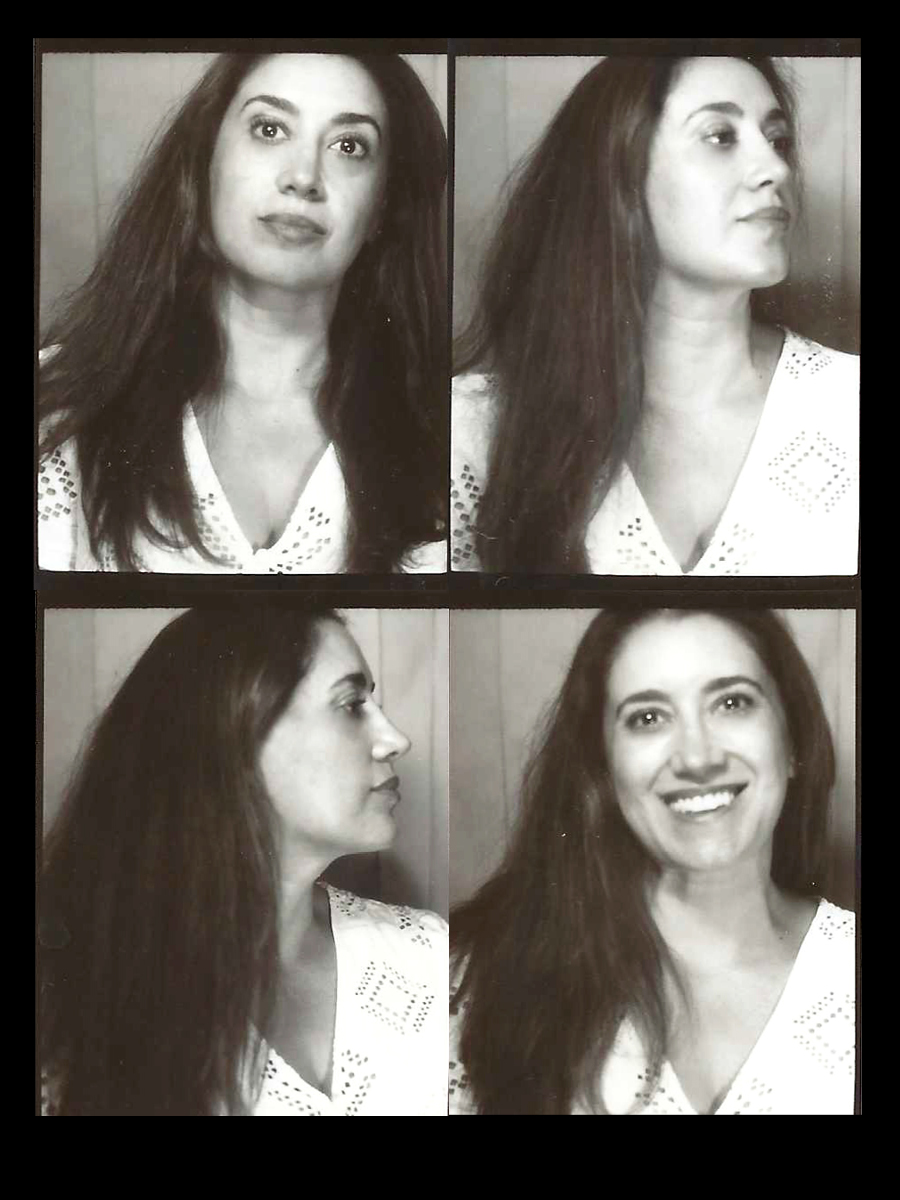We’re excited to introduce you to the always interesting and insightful Rochelle Zamani. We hope you’ll enjoy our conversation with Rochelle below.
Rochelle, thanks for joining us, excited to have you contributing your stories and insights. Let’s kick things off with a hypothetical question – if it were up to you, what would you change about the school or education system to better prepare students for a more fulfilling life and career?
I graduated in 2007 into a hiring freeze with a portfolio of pretty layouts, and no proof I could solve real problems. Freelancing forced me to learn strategy, user research, collaboration, and picking an industry lane. Once I framed work around outcomes, who the user is, what they need more opportunities came.
That’s why I’d shift education from ‘make deliverables’ to ‘solve messy, multidisciplinary problems.’ Teach strategy + empathy + data as core skills, and have students work with marketing, tech, and writing from day one. A strong design education should build creativity, critical thinking, and problem-solving. Empathy is what keeps those skills aimed at real people, not our assumptions.

Awesome – so before we get into the rest of our questions, can you briefly introduce yourself to our readers.
I’m a Senior Graphic Designer at the University of Colorado Boulder’s College of Engineering & Applied Science. Day-to-day, I design everything from admissions and alumni collateral to department flyers, event branding, and digital signage. I also take select freelance projects, including ongoing work with a Munich-based company. I’ve lived and worked as a designer in Boston, Los Angeles, Bolivia, the Netherlands, and Germany. Each place has its own design culture, and that range taught me to adapt fast.
I was the kid who doodled on every worksheet, and then learned that great design isn’t decoration, it’s decision-making. I graduated in the 2007 downturn with a polished portfolio and a market that wasn’t hiring, so I did what I could: unpaid internships and entry roles wherever I could learn, publishing, print shops, marketing and advertising and tiny logo gigs that paid in experience. Those early years are where I learned production on press floors, aligned with marketers on goals, and started designing from user insight instead of personal taste. I’m proud of that journey. Designers ship a lot of work that eventually gets replaced or recycled, and that can feel thankless. I’m grateful that the information I design serves a purpose in the moment: helping someone understand a program, make a decision, or find their way. That impact is what keeps me loving the craft.
Can you tell us about a time you’ve had to pivot?
When my husband’s post-doc took us to the Netherlands, I went from designing in familiar U.S. contexts to creating work for audiences who thought, decided, and even read design differently. Everyone spoke English, but I still felt like a foreigner. I realized quickly that my instincts were trained on my own culture’s cues. Then we moved to Munich for five years and that feeling intensified. It was the pivot I didn’t know I needed.
More importantly, it rewired how I design: empathy and research first, craft in service of comprehension, and collaboration.

Is there something you think non-creatives will struggle to understand about your journey as a creative? Maybe you can provide some insight – you never know who might benefit from the enlightenment.
Most of my job is invisible: defining the problem, mapping constraints, and killing 10 ideas to get to one that actually serves the goal. The final layout is the artifact; the value is the decision-making that leads to it.
Contact Info:
- Linkedin: https://linkedin.com/in/rochelleask


